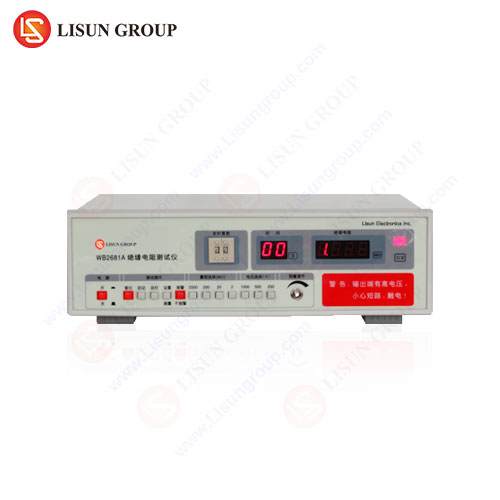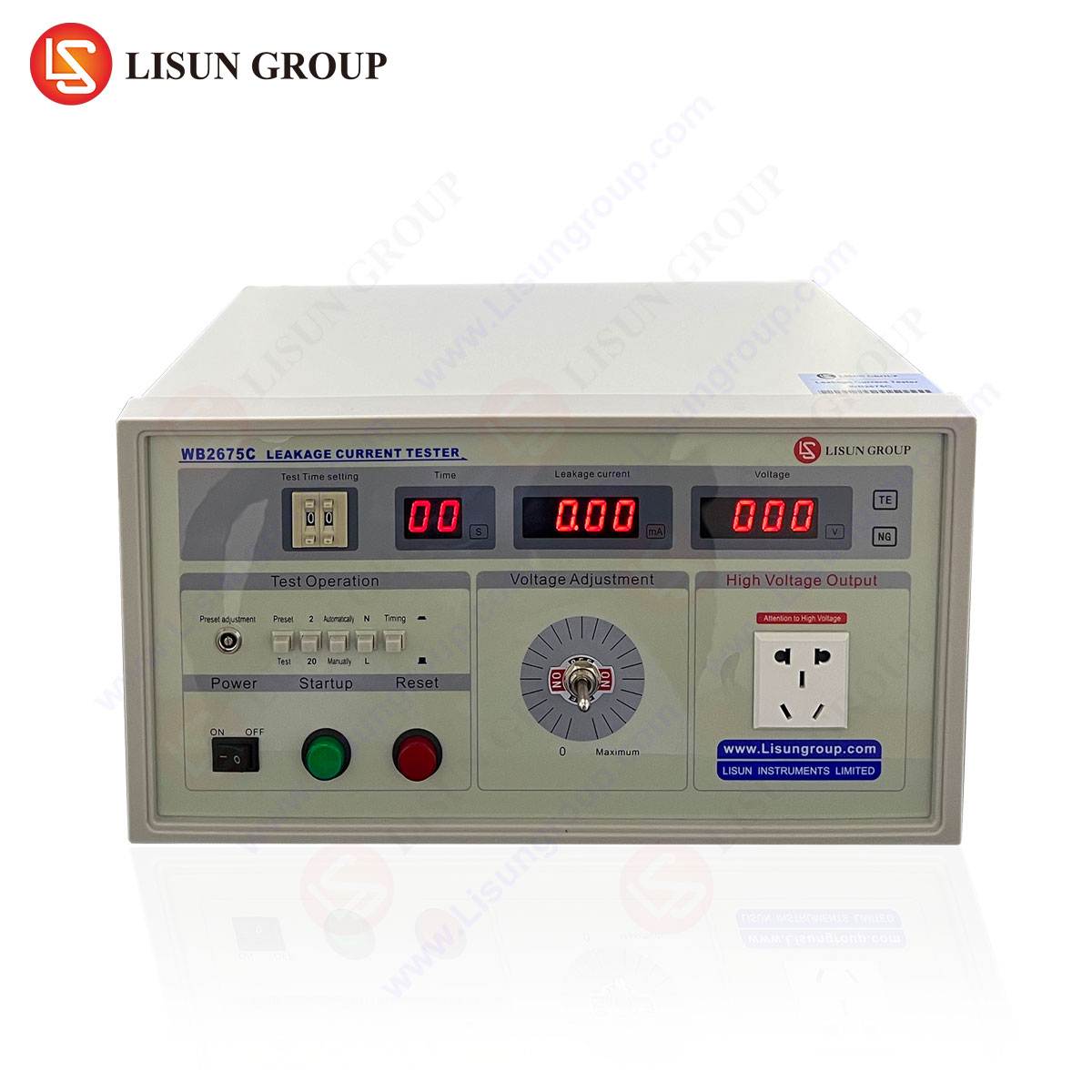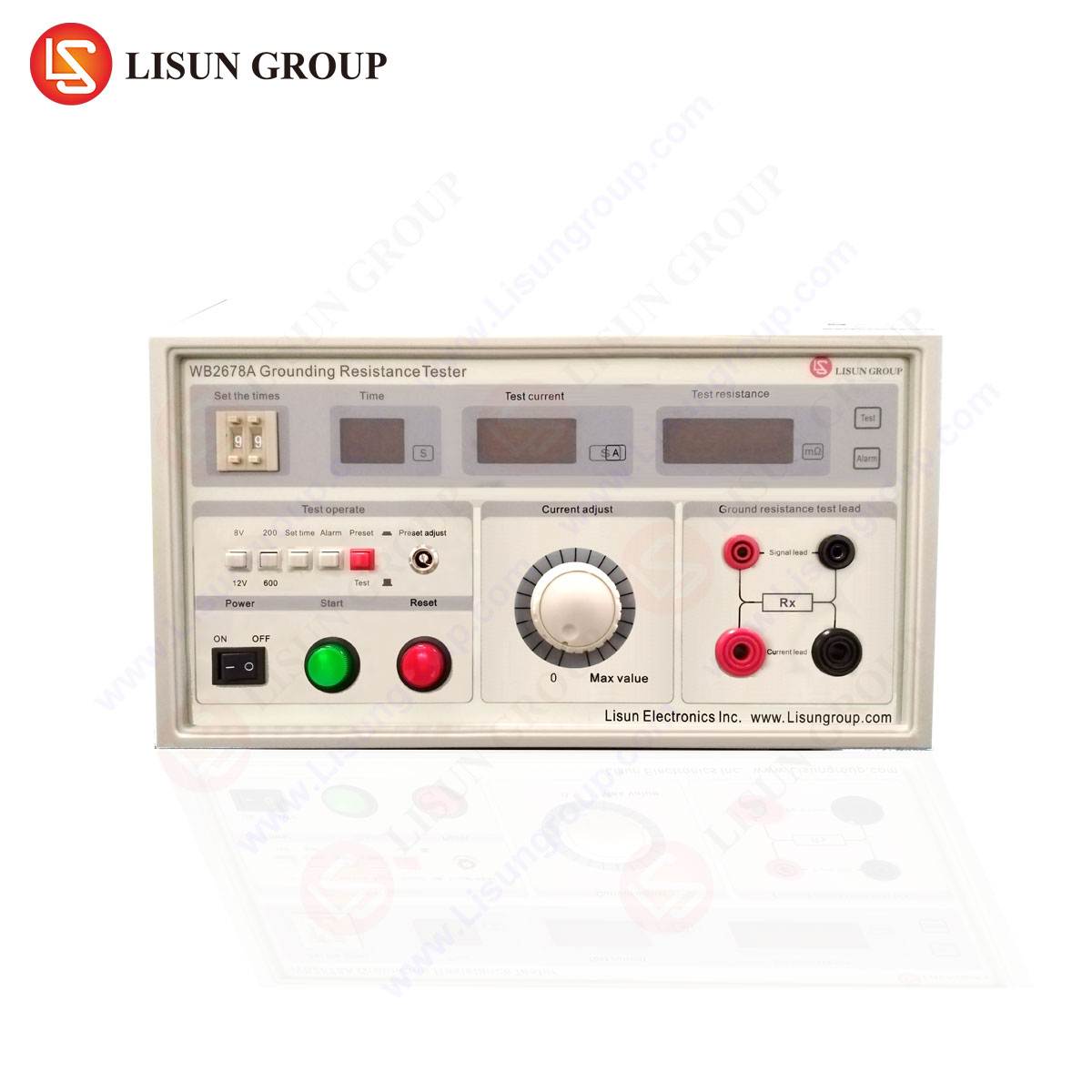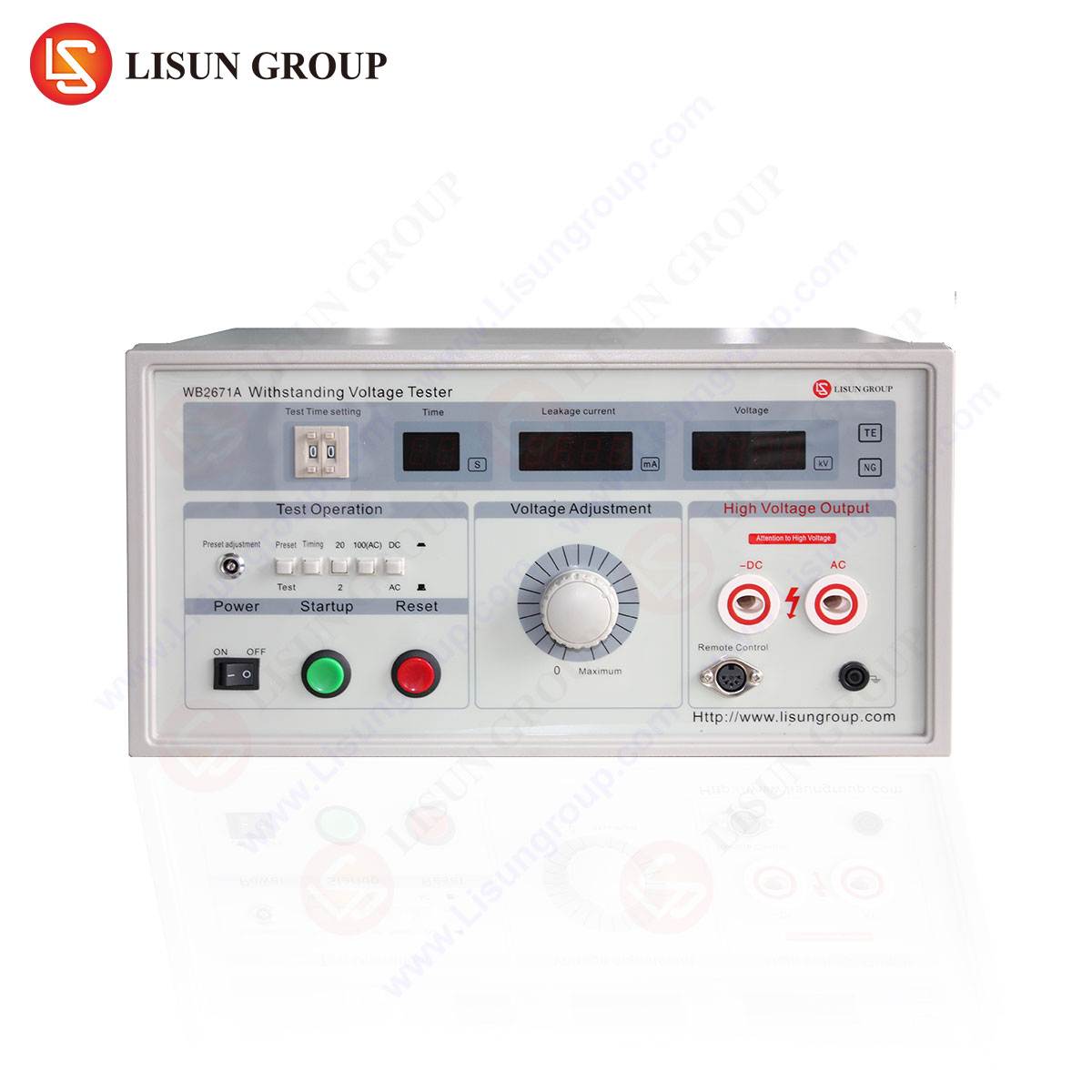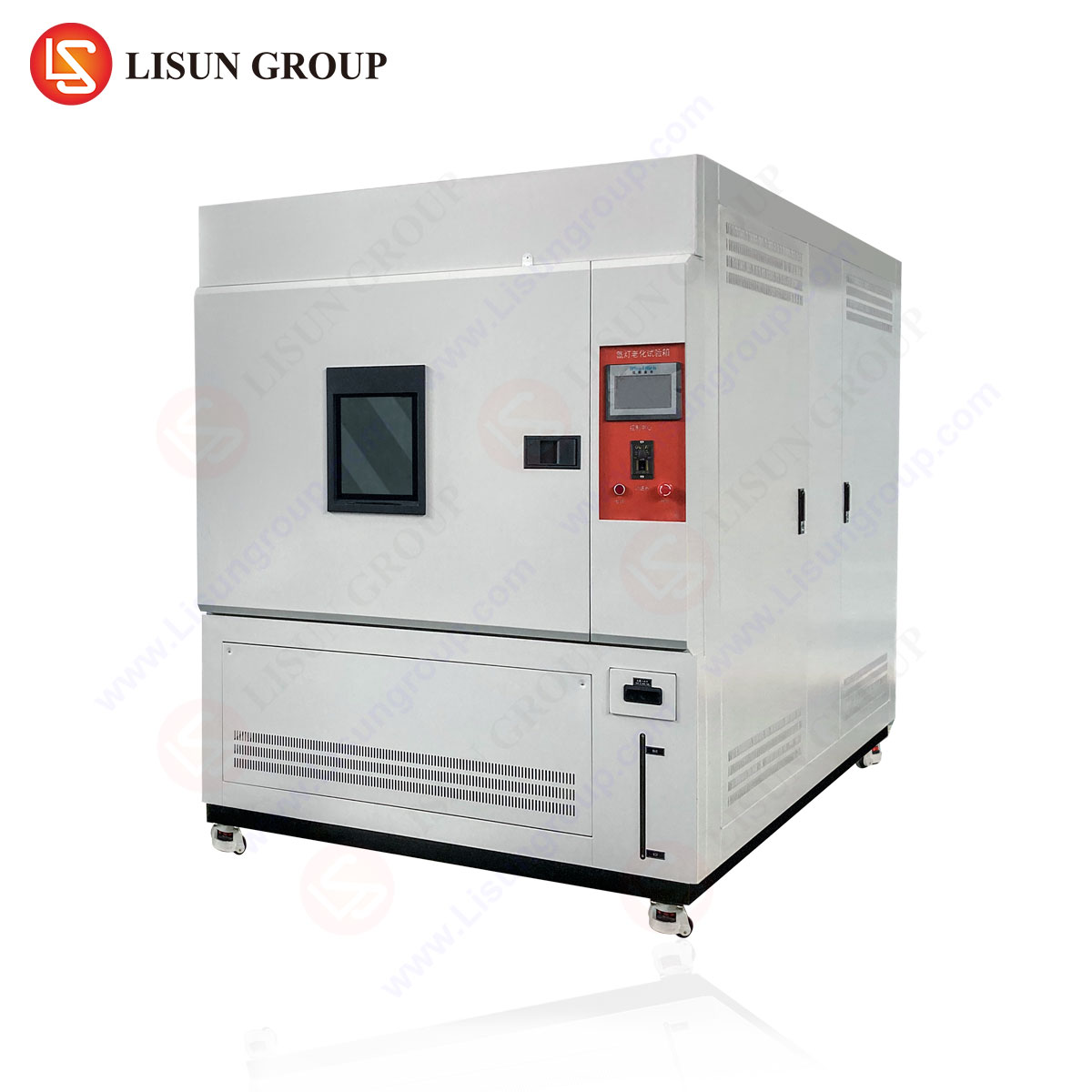Fundamentals of Surface Gloss and Measurement Principles
Surface gloss is a critical optical property that quantifies the ability of a material to reflect light in a specular (mirror-like) direction. It influences both aesthetic perception and functional performance across industries, including automotive electronics, household appliances, and aerospace components. The measurement of gloss follows standardized methodologies, primarily governed by ISO 2813, ASTM D523, and DIN 67530, which define geometric conditions for gloss assessment at 20°, 60°, and 85° angles.
A digital glossmeter operates by projecting a collimated light beam onto a test surface at a fixed angle and measuring the intensity of reflected light using a photodetector. The ratio of reflected light to incident light, normalized against a calibrated reference standard (typically polished black glass with a defined refractive index), yields the gloss unit (GU). High-gloss surfaces (≥70 GU at 60°) exhibit strong specular reflection, while matte finishes (<10 GU at 60°) scatter light diffusely.
Itu LISUN AGM-500 Pengukur Kilap exemplifies precision in this domain, offering multi-angle measurement (20°, 60°, 85°) with a resolution of 0.1 GU and an accuracy of ±1.0 GU. Its compact design, coupled with a high-stability LED light source, ensures repeatability across diverse materials, from anodized aluminum in aerospace components to lacquered finishes in consumer electronics.
Technical Specifications and Calibration Protocols of the AGM-500 Gloss Meter
The AGM-500 adheres to rigorous calibration standards, ensuring traceability to national metrology institutes. Key specifications include:
| Parameter | Value |
|---|---|
| Rentang Pengukuran | 0–2000 GU (60°), 0–1000 GU (20°), 0–160 GU (85°) |
| Light Source | High-stability LED (CIE Standard Illuminant C) |
| Detektor | Silicon photodiode with spectral correction |
| Measurement Area | 9 x 15 mm (60°), 10 x 10 mm (20°), 5 x 36 mm (85°) |
| Pengulangan | ±0.2 GU (for standard calibration plate) |
| Antarmuka | USB, RS-232 for data export |
Calibration is performed using NIST-traceable reference tiles, with automatic drift compensation to mitigate environmental fluctuations. The device supports statistical analysis (mean, max, min) and complies with ISO 2813 for cross-industry comparability.
Industry-Specific Applications of Gloss Measurement
Automotive Electronics and Interior Surfaces
In automotive electronics, consistent gloss levels are vital for dashboard panels, touchscreen displays, and control knobs. Variations exceeding ±2 GU can lead to visual mismatches in interior trim. The AGM-500’s 20° angle is optimal for high-gloss piano-black finishes, while the 85° angle detects haze in matte coatings.
Household Appliances and Consumer Durables
Refrigerators, washing machines, and microwave ovens require uniform gloss to maintain brand aesthetics. For example, a brushed stainless-steel finish typically measures 50–80 GU at 60°. The AGM-500’s rapid sampling rate (0.5 seconds per measurement) facilitates high-throughput quality control.
Komponen Kedirgantaraan dan Penerbangan
Composite materials in aircraft interiors must resist gloss degradation from UV exposure. The AGM-500’s UV-stable light source ensures reliable long-term monitoring, critical for compliance with FAA and EASA regulations.
Comparative Advantages of the AGM-500 in Industrial Settings
- Multi-Angle Versatility: Unlike single-angle glossmeters, the AGM-500’s tri-geometry design accommodates diverse finishes—critical for industries like lighting fixtures (where 85° detects surface texture) and medical devices (where 20° ensures high-gloss sterility).
- Environmental Robustness: With an operating range of 0–50°C and 85% RH (non-condensing), it outperforms competitors in humid production environments, such as cable extrusion facilities.
- Integritas Data: Integrated statistical functions and PC-compatible software (e.g., LSG-5000) enable batch analysis, crucial for ISO 9001 documentation.
Standards Compliance and Metrological Traceability
The AGM-500’s calibration aligns with:
- ISO 2813: Paints and varnishes
- ASTM D2457: Plastic films
- JIS Z 8741: Metallic coatings
Traceability is ensured via NIST SRM 1923 (20°), SRM 1924 (60°), and SRM 1925 (85°), with periodic recalibration recommended biannually under ISO 17025.
FAQ: Gloss Measurement with the AGM-500
Q1: How does ambient light affect gloss measurements?
The AGM-500’s recessed optical design minimizes stray light interference, but measurements should be conducted in controlled lighting (≤300 lux) per ASTM D523.
T2: Dapatkah AGM-500 mengukur permukaan yang melengkung?
Yes, provided the measurement area fits within the aperture. For convex automotive lenses, a 60° angle is recommended.
Q3: What is the typical lifespan of the LED light source?
Approximately 100,000 measurements, with degradation monitored via internal calibration checks.
Q4: How does temperature variation impact accuracy?
The device compensates for thermal drift up to 0.1 GU/°C, but calibration should be performed at 23±2°C.
Q5: Is the AGM-500 suitable for textured plastics?
For heavily textured surfaces (e.g., anti-glare laptop casings), the 85° angle provides optimal discrimination.


